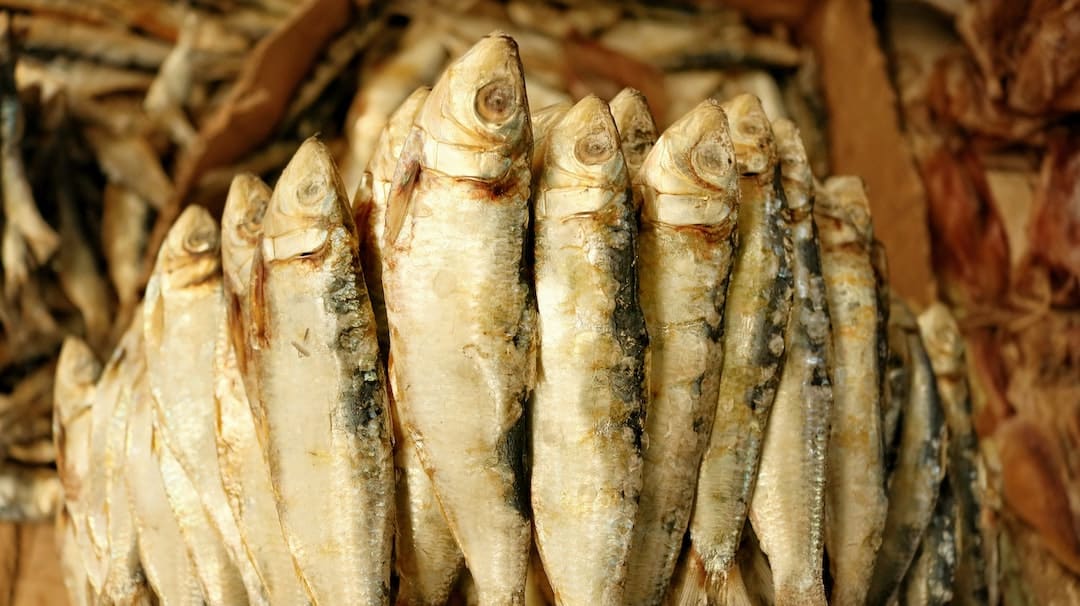Give a person fish and it’ll last them a meal. Teach a person the types of fish prep and it’ll last them a lifetime
Over time, words can lose or change their meaning. Like daing. A few weeks ago, my friends and I were doing what we do best: talking about food. The topic of breakfast came up and one of them said daing was his favorite. When asked to specify, he drew a blank. To him, daing was a type of fish. We then went into detail about how it’s not a type of fish. Rather, it’s a way of preparing fish.
The conversation then swam on to tinapa, tuyo, and other undersea delights. It occurred to me that some people don’t really know what daing, tinapa, tuyo, and buwad actually mean. In my experience, some people also don’t know that danggit is actually a type of fish, and not a preparation method.
For those of you who know, good for you! But for those of you who don’t, don’t worry about it. Basically, daing, tinapa, tuyo, or buwad are all methods of preparing and preserving fish.
In its most basic sense, daing, tuyo, and buwad are all the same thing. Dried, preserved fish. Daing and tuyo are the terms that are usually used in Luzon, while buwad is most commonly used in Visayas and Mindanao.
The process of making tuyo is by gutting, skinning, and salting the fish before leaving it in the sun to dry. In most cases, the fish is partially split open before drying, which makes it look like a mirror image. Tuyo isn’t limited to just fish either. Pusit or squid in english can also be made into tuyo, which is a very popular dish in Visayas.
While most tuyo is usually cured in salt, other places like Bantayan Island in Cebu Province offer unsalted versions of tuyo. Instead of using additional salt, they brine the fish in seawater instead and leave it to dry.
The most common types of tuyo are danggit, espada, tunsoy, and bolinao.
Tinapa, on the other hand, is the process of smoking fish. The most common types of tinapa are galunggong or bangus—which are both common breakfast fare. There’s also a “gourmet” version of tinapa, where the fish is smoked then preserved in oil with spices and other accoutrements.
As an archipelagic country, fish is a way of life. There are tons of ways to prepare and eat it—and each way is different and delicious.










































